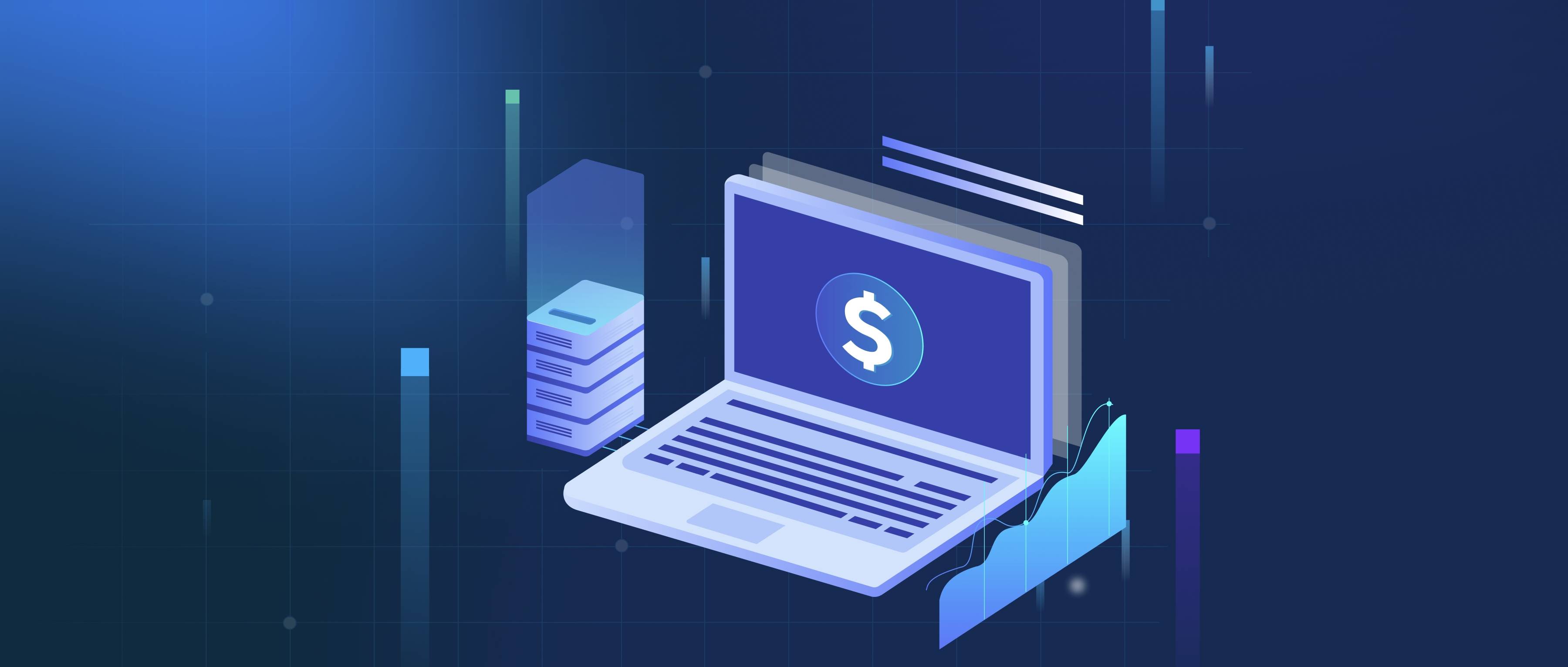Yes, AutoML systems can handle online learning, but the extent to which they do varies by implementation. Online learning is a method where a model is trained incrementally as new data comes in, rather than being trained on a fixed dataset. This is particularly useful in situations where data continuously streams in, such as in financial markets or real-time recommendation systems. AutoML frameworks can be designed to support this kind of learning, allowing models to adapt to changing data patterns without the need for retraining from scratch.
One of the advantages of using AutoML for online learning is that developers can focus on higher-level tasks while the AutoML system automates parts of the model training and evaluation process. For instance, libraries like H2O.ai and Google Cloud AutoML offer functionalities that can be utilized for online learning scenarios. These tools often include automated hyperparameter tuning and model selection that can adapt to new data, making it easier to maintain effective models in dynamic environments. For example, a web application that recommends products to users might continually update its model based on user interactions and purchases to provide more relevant suggestions.
However, not all AutoML systems are inherently equipped for online learning. Developers need to verify if the specific AutoML tools they are using support incremental learning techniques. Some AutoML platforms may primarily focus on batch processing and may require additional work to set up online learning capabilities. Therefore, it’s important for developers to evaluate the specific features and documentation of the AutoML systems they are considering to ensure they meet the demands of real-time applications effectively.
